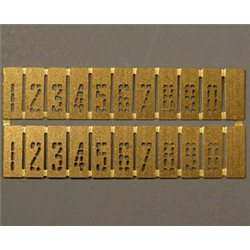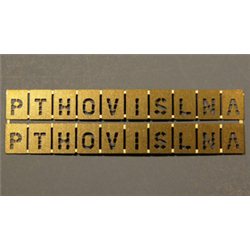Kadee couplings are a popular choice for railway modellers, particularly those modelling in HO and OO gauge....
No products
Product successfully added to your shopping cart
There are 0 items in your cart. There is 1 item in your cart.
Search Tips
What is a train reporting number?
A train reporting number is a code given to every train movement on the network whether it be a scheduled operation, one-off special or even a light-engine movement, all trains must be allocated one.
The four-digit code made up of a number followed by a letter and two further numbers communicate information regarding a train's type, destination region and more specific final destination or route information. This information is used by operations planners and allocators to ensure the right trains are in the right place at the right time but also by signallers to ensure trains are routed and prioritised correctly.
In the early days of diesel and electric traction, a train's reporting number was displayed on the front of it to allow identification by signallers, this system replaced the discs/lamps that were previously used on steam engines for the same purpose. With the introduction of computer technology, signallers can now identify a train's reporting number without it having to be physically displayed.
Click here to receive the tips weekly in your mailbox. You can unsubscribe at any time.



.jpg)





